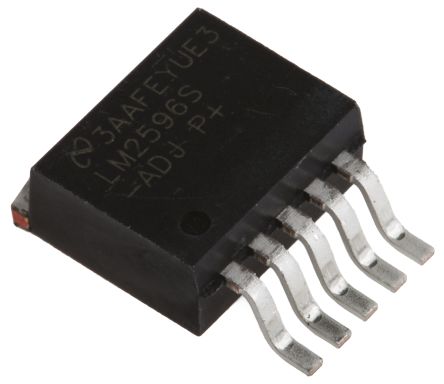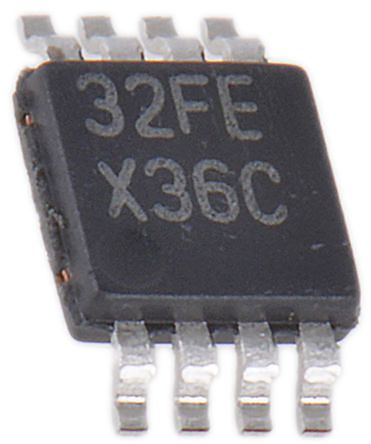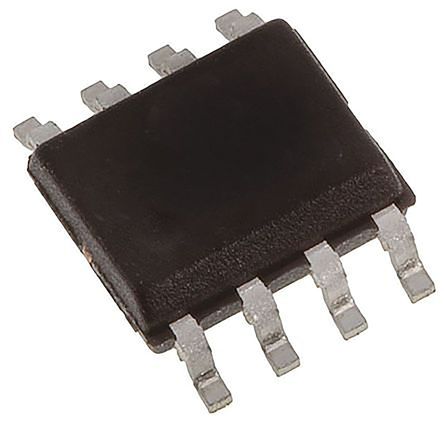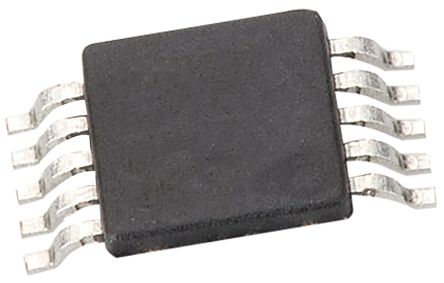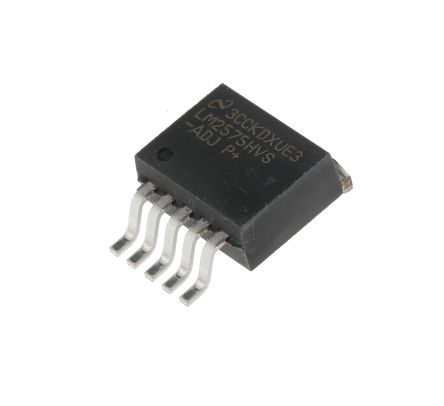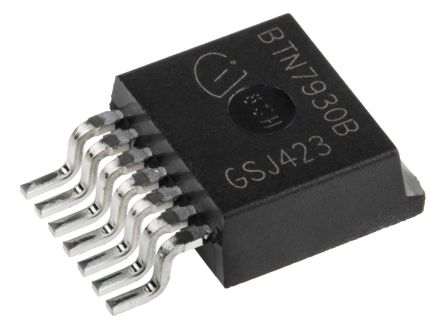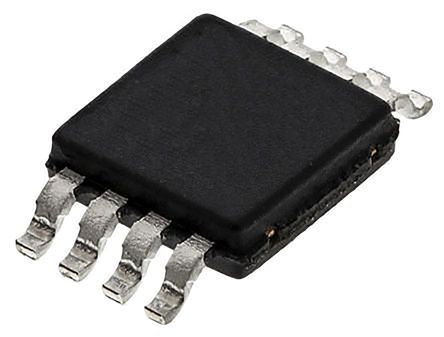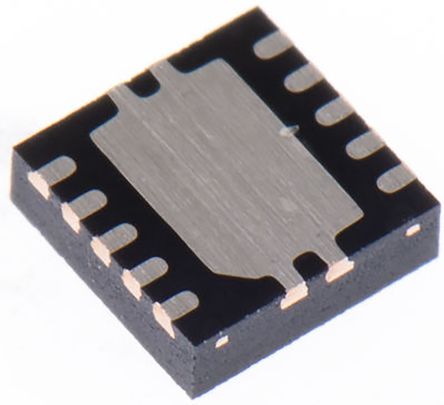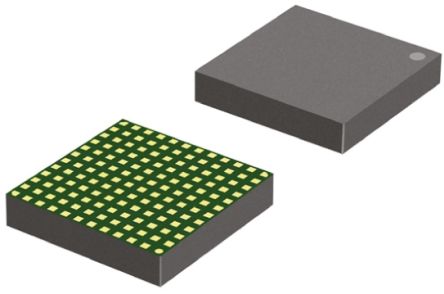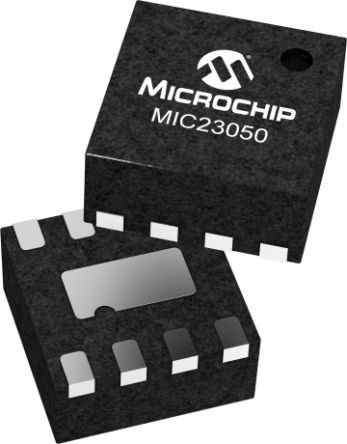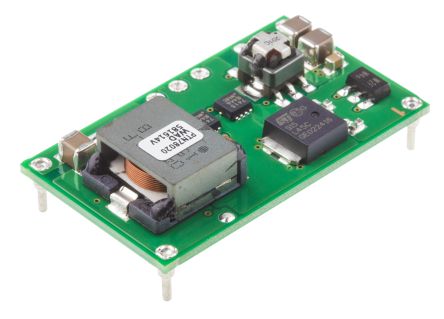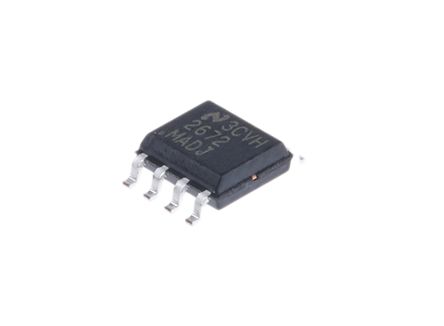- Automation & Control Gear
- Cables & Wires
- Enclosures & Server Racks
- Fuses & Circuit Breakers
- HVAC, Fans & Thermal Management
- Lighting
- Relays & Signal Conditioning
- Switches
- Batteries & Chargers
- Connectors
- Displays & Optoelectronics
- ESD Control, Cleanroom & PCB Prototyping
- Passive Components
- Power Supplies & Transformers
- Raspberry Pi, Arduino, ROCK, STEM Education & Development Tools
- Semiconductors
Buck Converters
A Buck Converter, also known as a Step-Down Converter, is a DC-to-DC power converter that steps down the voltage from its input to its output. A buck converter integrates the core components and circuitry needed into a single device.
Buck converters are found in countless electronic applications, where their power regulation properties are a vital component.
How does a Buck Converter work?
A Buck Converter is a type of switch-mode power supply, a class of device that incorporates a switch (e.g. typically a MOSFET) to rapidly turn the circuit on and off. This rapid switching creates a square wave. If the duty cycle of the switch is set to 50%, i.e. the switch is on 50% of the time, the average voltage will be 50% of the input.
The square wave needs to be smoothed to provide useful power, typically an inductor and capacitor are used in series to fulfil this function. This combination is called an LC low pass filter. The properties of an inductor smooth the current flow, while the capacitor resists sudden changes in voltage. The combined effect produces a relatively smooth voltage output with low ripple. For example, if the input voltage is 10V and the switch employs a duty cycle of 50%, the output voltage will be 5V.
A further necessary component of a Buck Converter is to incorporate a diode or other switch in parallel with the inductor. This is to compensate for the property of an inductor, in that the current in an inductor cannot instantly change, protecting the switching transistor from being overloaded and destroyed.
Buck Converters also incorporate additional circuitry to ensure a stable output voltage. The converter uses a closed-loop control scheme with negative feedback to monitor the voltage output and dynamically adjusts the duty cycle of the switch to regulate the output voltage.
Design considerations
- Buck Converters are very efficient, with some devices offering efficiencies of above 95%.
- Buck Converters can be more cost-effective than linear regulators at higher power levels, the cost of removing the heat generated by a linear regulator may be less than employing a Buck Converter.
- The output of a Buck Converter will feature a noise, meaning the more stable output of a linear voltage regulator is better suited for application requiring low output noise.
- Linear regulators can respond faster to input and output changes versus a buck converter.
